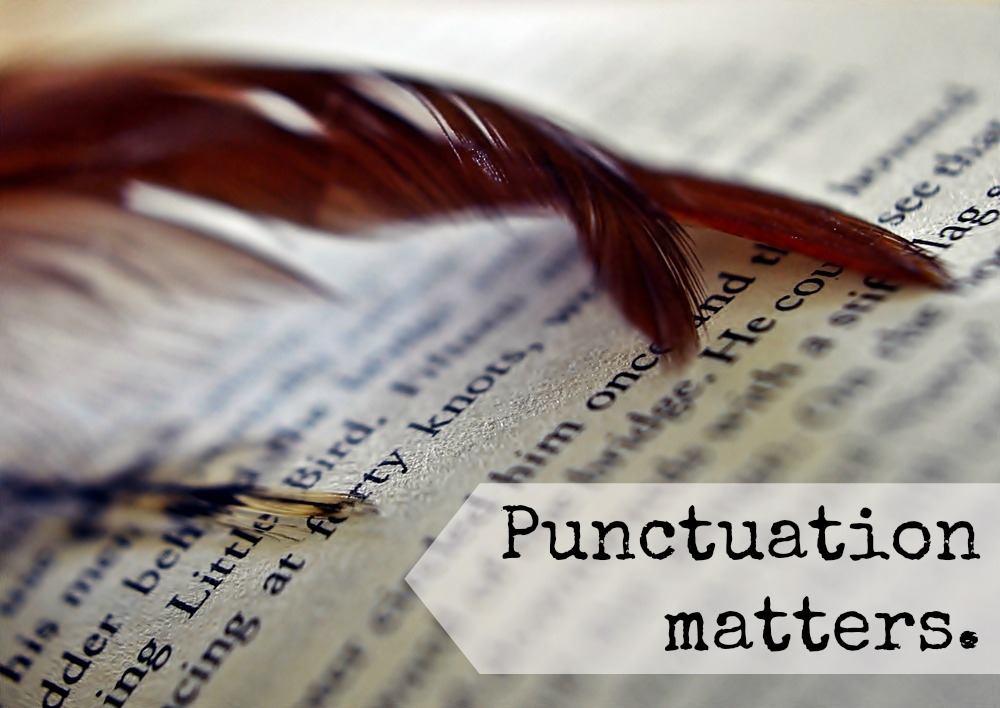The function of the comma is to organize your sentences and make things clear. For many sentences, particularly longer ones, if we did not use a comma we would have difficulty understanding the meaning that is being conveyed. Commas separate ideas and break up lists so that we can have several clear points within a single sentence. Although many of these sentences could be broken into two sentences, commas allow us to combine them into one and this helps with the flow of any piece of writing.
Understanding how to use a comma is very important because depending on the sentence, it may or may not be necessary to include one. Here are the basics of using a comma:
1. A comma always comes before the coordinating conjunction when linking two or more independent clauses. “And,” “but,” and “or” are all coordinating conjunctions; an independent clause is any group of words that can stand alone as a sentence. For example: There is a ton of conflicting information out there about what we should eat, but I prefer to just eat real food in its natural form. This sentence makes use of two independent clauses with the correct use of a comma and coordinating conjunction to join them together. Remember that the comma never comes after the coordinating conjunction.
For particularly short sentences you can omit the comma in these situations, which is often the case in journalistic writing. The other exception to this rule is when your coordinating conjunction is situated within a compound predicate. A compound predicate is when the subject is engaged in multiple activities. The following example demonstrates the correct way to write a compound predicate without a comma: I ran three miles and followed it up with abdominal exercises.
2. A comma usually comes after an introduction: When I ride my bike, I like to sing. Again, if the sentence is short enough, the comma can be omitted.
3. A comma is always used in a list. If you leave out the commas in this situation, the sentence makes absolutely no sense: I played in the park ate ice cream read my book and watched the clouds go by. Separate each thought with a comma. Any kind of list, whether it’s an activity (as in the example above) or used in a description (with a number of adjectives) needs a comma inserted at each interval to give the sentence meaning.
A word of caution
If you are unsure whether a comma is required, try reading your sentence out loud. Does the sentence make sense without a pause? If you still aren’t sure, just give it to someone else to read. Another person can usually tell right away if a comma is required when they read it out loud because they will stumble over the sentence.
However, just because there’s a pause in the sentence, it’s important to keep in mind that not every pause indicates the need for a comma. Overusing a comma can be just as bad as using them too infrequently!
So why use it?
Commas are absolutely essential in writing. If you neglect to use them, you can convey the completely wrong meaning. This is particularly true in sentences that include people’s names: Sarah George and I went to the beach suggests two people (with Sarah as the given name and George as her surname); Sarah, George, and I went to the beach suggests that there are three (in this case, only the given names are included). Commas are also important to make sentences easier to read. This is good to remember when writing academic papers, which are usually full of excessively complex and complicated sentences.

I love me some commas. I probably use them too frequently. I’m trying not to use one at all in this comment.
How’d I do?
🙂
Great post, Sagan! (oops, there’s two!)
Ahhhh, commas. I have had to re-learn how to use them recently because working in broadcast news, we often leave them out in the teleprompter to make sentences easier to read. When I started writing online, I had to re-learn everything. I even bought the book, “Eats Shoots & Leaves,” which is great! But I still leave ’em out occasionally – still working on it!
Bag Lady- I adore your comma usage 🙂
FatFighterTV- So interesting about how they’re often left out of the teleprompter. Depending on the kind of business that we’re in, that can make a really big difference. I’ve heard quite a bit about that book but haven’t read it myself; I’ll have to pick it up and check it out!
Excellent primer–thank you. In my own reading and editing, the most common comma infraction I see is the comma splice: using a comma when a period or semicolon is called for.
Also, it’s “people’s names,” not “peoples’.” (Apostrophe primer next?)
Fritinancy- I’d forgotten about the comma splice, thanks for adding that in! And thank you as well for catching my mistake (I’ve corrected it). An apostrophe primer is in the works.
@Sagan: Actually, that’s a good example of a comma splice in the first sentence of comment #5!
[…] Filed under: The Practical Guide — Sagan @ 7:01 am As Fritinancy pointed out in The Practical Guide: What is a comma?, I made a mistake in my placement of an apostrophe. This blog is just as much a way for me to learn […]
[…] Fritinancy pointed out in the comments section of Punctuation matters! Three tips for using commas, I made a mistake in my placement of an apostrophe. This blog is just as much a way for me to learn […]
[…] A comma always comes before the coordinating conjunction when linking two or more independent clauses. Find out what exactly this means and learn more about the comma by checking out this Punctuation Matters article. […]